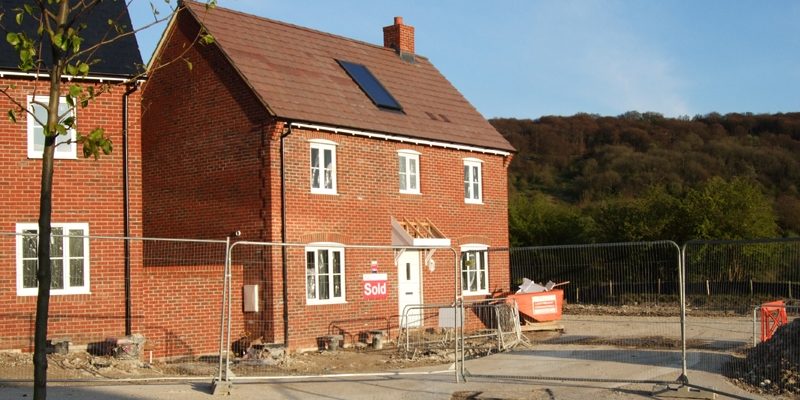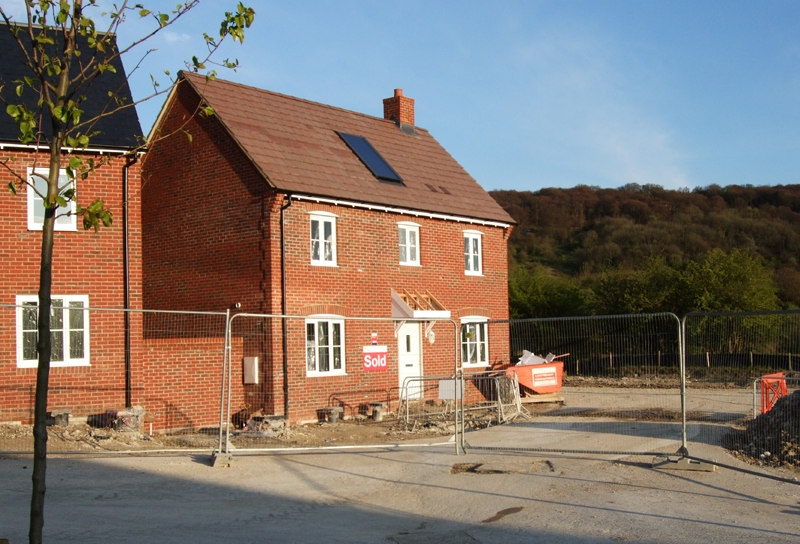Oxfordshire Plan 2050 consultation – An unrealistic, ‘have-it-all’ tick box exercise?

19th July 2021

CPRE Oxfordshire, whilst supportive of the Oxfordshire 2050 Plan in principle, is concerned that the consultation document is not fit for purpose. Consultation is due to launch on the 30th of July and run for 10 weeks.
Helen Marshall, Director of CPRE Oxfordshire said “We were promised a Plan that would put the needs and wishes of Oxfordshire’s people first. To ensure an effective consultation, we need documents that are fit for purpose.”
It doesn’t make the tough decisions needed.
The Plan document does not attempt to address what level of growth is consistent with protecting our environment and rural character.
It talks about ‘good growth’ but makes no clear assessment of the different impacts of the 3 growth options (the lowest of which is still 50% above actual need) or the 5 spatial options outlined. It is not only silent on the tough choices that will be needed between meeting targets for carbon and nature and the push for economic growth but implies that we can effectively have it all.
The public, however, realises that there are choices to be made and is ready to make them – either in consultation responses or at the ballot box.
It will let the Arc dominate.
The vagueness of the Plan document risks letting the top down OxCam Arc proposals take prominence. As the Oxfordshire 2050 documents euphemistically put it, that will “be an increasingly important influence”.
It will undermine the role of our local councillors.
The Oxfordshire Plan 2050 was billed as setting out growth options and broad locations for growth. Instead, we are presented with a wide range of policies (albeit many very desirable) which are to be imposed on all our local councils because otherwise “different approaches might be taken and this could result in less certainty and clarity for developers”.
What is needed?
The public deserves a revised consultation document, or at the very least an additional paper, that sets out the preferred growth and spatial options and provides adequate information to allow the impacts, risks and benefits to be compared.
Given that there has already been a Vision consultation and the next stage is a final draft Plan (Reg 19), then this should be a Preferred Options consultation. This approach is followed for the policy options proposed, but not for the fundamental issues of levels or location of growth – the core of what the Plan is supposed to address.
Environmental constraints must be a key consideration.
We need a Plan that assesses the growth the County can bear within the constraints of maintaining its rural character and environment. A Plan not limited to protecting AONBs, SSSIs and other designated landscapes, but the character of the whole countryside, the towns and villages within it, and the Green Belt. A Plan to ensure we don’t lose this character; whatever Government seeks to impose.
